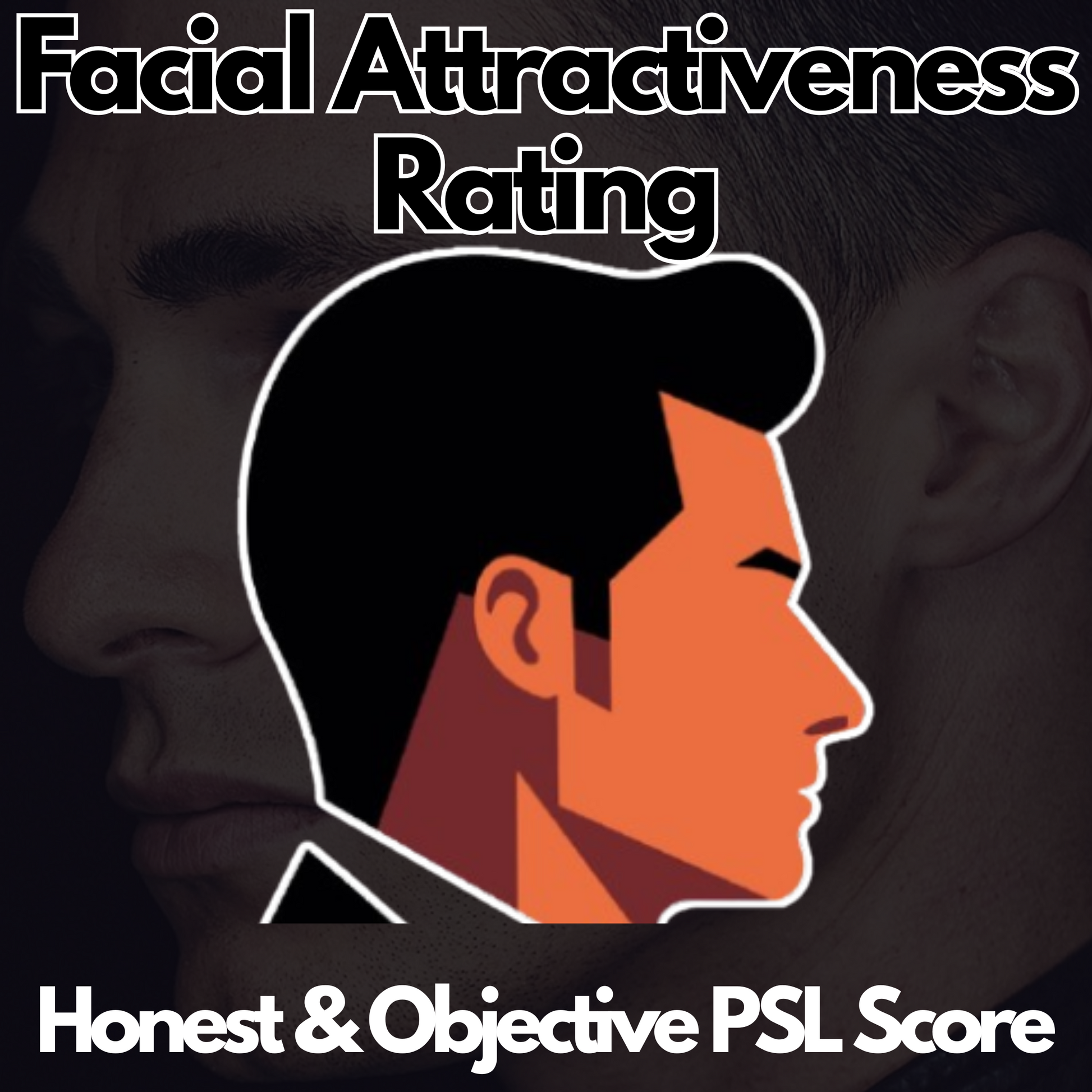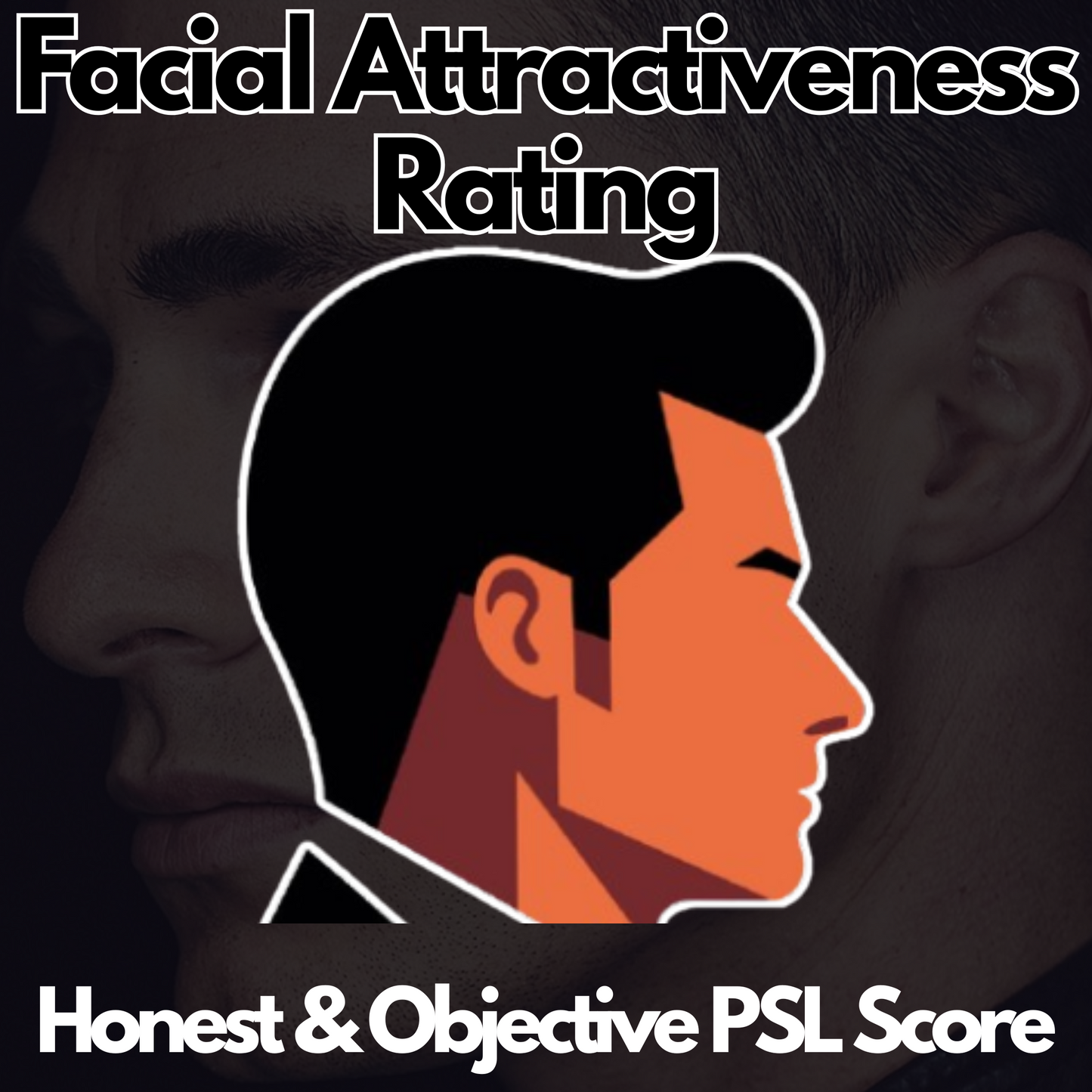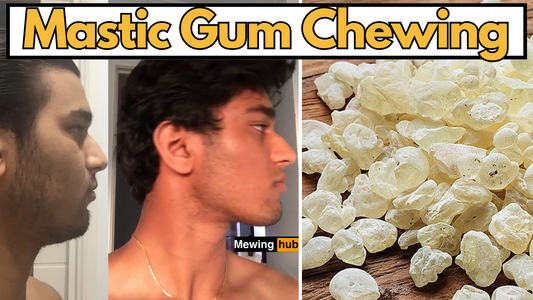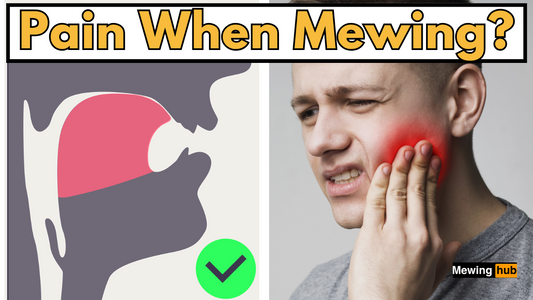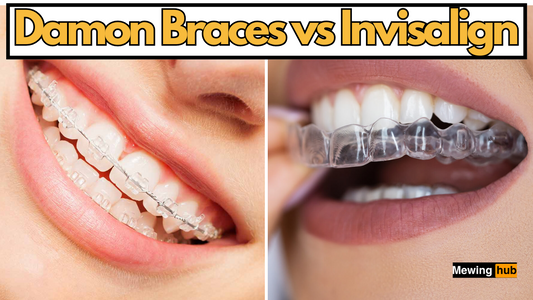What Is Proper Tongue Posture? A Comprehensive Guide
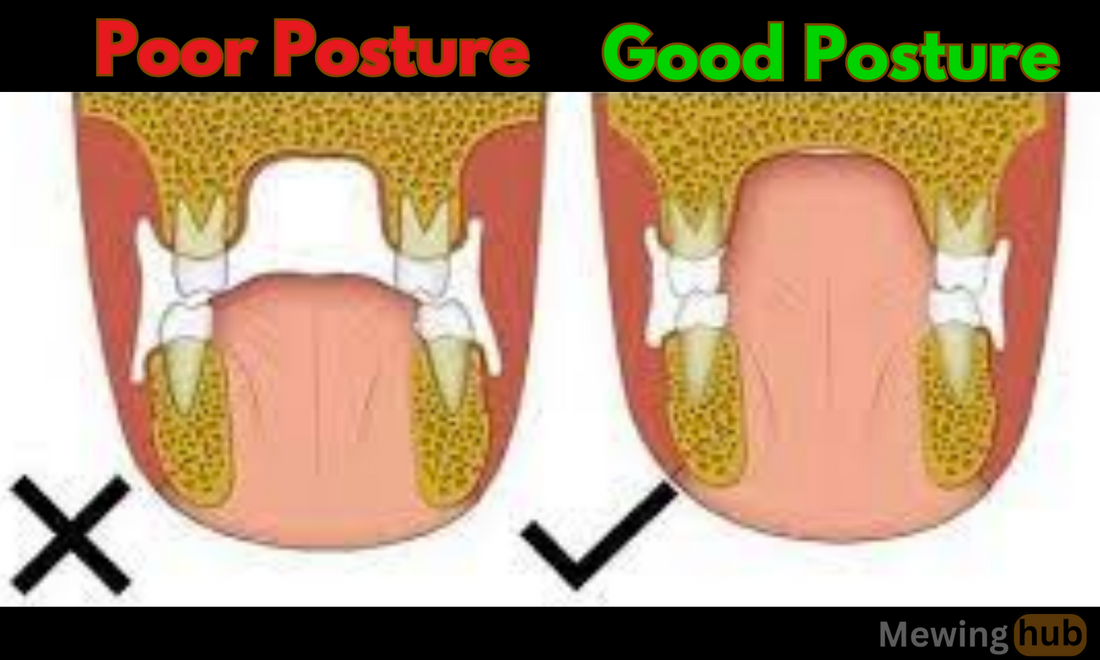
Share
Proper tongue posture is a term that’s gaining attention in the realms of health, aesthetics, and even looksmaxxing. But what is proper tongue posture, and why is it so important?
From improving breathing patterns to shaping facial structure, the position of your tongue can have a significant impact on your overall well-being.
In this article, we’ll explain what proper tongue posture is, its benefits, and how to achieve and maintain it for long-term health and aesthetic improvements.
What Is Proper Tongue Posture?
Proper tongue posture refers to the resting position of your tongue when your mouth is closed and at rest. This is most commonly reffered to as mewing

The ideal placement involves:
- Resting the Entire Tongue on the Roof of Your Mouth: The entire surface of your tongue—not just the tip—should press gently against the palate (the roof of your mouth).
- Keeping the Tip of Your Tongue Slightly Behind Your Front Teeth: The tip should not touch your teeth but remain slightly behind them.
- Maintaining Closed Lips: Your lips should be gently closed without straining.
- Lightly Touching or Slightly Apart Teeth: Your teeth should either lightly touch or remain slightly apart in a relaxed position.
This optimal posture allows for better oral health, improved breathing, and even subtle changes to your facial structure over time.
Why Is Proper Tongue Posture Important?
Proper tongue posture plays a vital role in several aspects of health and appearance:
1. Improves Breathing Patterns
Correct tongue placement encourages nasal breathing instead of mouth breathing. Nasal breathing offers numerous benefits:
- Filters and humidifies air before it reaches your lungs.
- Reduces snoring and symptoms of sleep apnea by keeping airways open.
- Improves oxygen intake, which supports brain function and overall energy levels.
Mouth breathing, often associated with poor tongue posture, can lead to dry mouth, bad breath, and even changes in facial structure over time.
2. Supports Facial Structure Development

The position of your tongue influences how your face develops over time:
- Proper tongue posture guides the maxilla (upper jaw) upward and forward, promoting balanced facial growth.
- It helps create a wider palate, higher cheekbones, and a more defined jawline.
- Poor tongue posture can result in downward facial growth, leading to a longer face or recessed chin.
3. Enhances Dental Alignment

The tongue acts as a natural retainer for your teeth:
- Proper placement prevents overcrowding by promoting a wider dental arch.
- It reduces the risk of misaligned teeth or malocclusion without requiring orthodontic intervention.
Conversely, poor tongue posture can contribute to dental issues like crooked teeth or an overbite due to inadequate support for the upper jaw.
4. Reduces Stress on Jaw Muscles
Correct tongue posture helps distribute pressure evenly across the jaw and neck muscles, reducing strain that can lead to temporomandibular joint (TMJ) disorders or tension headaches.
5. Improves Cognitive Function
Proper tongue posture encourages diaphragmatic breathing, which increases oxygen flow to the brain. This enhanced oxygenation supports better focus, mental clarity, and overall cognitive performance.
Signs of Poor Tongue Posture
Poor tongue posture can manifest in several ways:
- Resting your tongue on the floor of your mouth instead of the roof.
- Mouth breathing instead of nasal breathing.
- Crowded teeth or misaligned bite.
- Forward head posture caused by improper oral alignment.
- Snoring or sleep apnea symptoms due to airway obstruction.
If you experience any of these signs, correcting your tongue posture could help alleviate these issues.
How to Achieve Proper Tongue Posture
If you’re looking to improve your tongue posture for better health and aesthetics, follow these steps:

1. Practice Correct Tongue Placement
Ensure that your entire tongue rests against the roof of your mouth with even pressure across its surface—avoid letting it touch your front teeth. Ensure to use the suction hold. which is creating a vacuum in your mouth by continously swallowing.
2. Focus on Nasal Breathing
Train yourself to breathe through your nose rather than your mouth by practicing mindfulness techniques or using nasal strips if necessary.
3. Incorporate Tongue Exercises
Strengthen your tongue muscles with exercises like:
- Pressing your tongue firmly against the palate for a few seconds before relaxing.
- Moving your tongue side-to-side while keeping it pressed against the roof of your mouth.
4. Seek Professional Guidance
If you struggle with poor tongue posture or related issues like speech problems or sleep apnea, consult an orthodontist or myofunctional therapist for personalized advice.
Learn all about tongue posture and mewing
Benefits of Maintaining Proper Tongue Posture
Maintaining proper tongue posture offers numerous benefits:
- Straighter Teeth: Supports natural alignment without braces in some cases.
- Better Breathing: Encourages nasal breathing for improved oxygenation.
- Enhanced Focus: Boosts cognitive clarity by increasing oxygen flow to the brain.
- Reduced Stress: Activates calming parasympathetic responses.
- Improved Facial Symmetry: Enhances cheekbone prominence and jawline definition.
Conclusion: Why Proper Tongue Posture Matters
So what is proper tongue posture? It’s more than just a resting position—it’s a foundational practice that influences everything from breathing efficiency to facial aesthetics and overall well-being.
By incorporating simple adjustments into your daily routine—like practicing correct placement or focusing on nasal breathing—you can unlock these benefits while supporting long-term wellness.
Start paying attention to where your tongue rests throughout the day—it’s a small change that can make a big difference!

